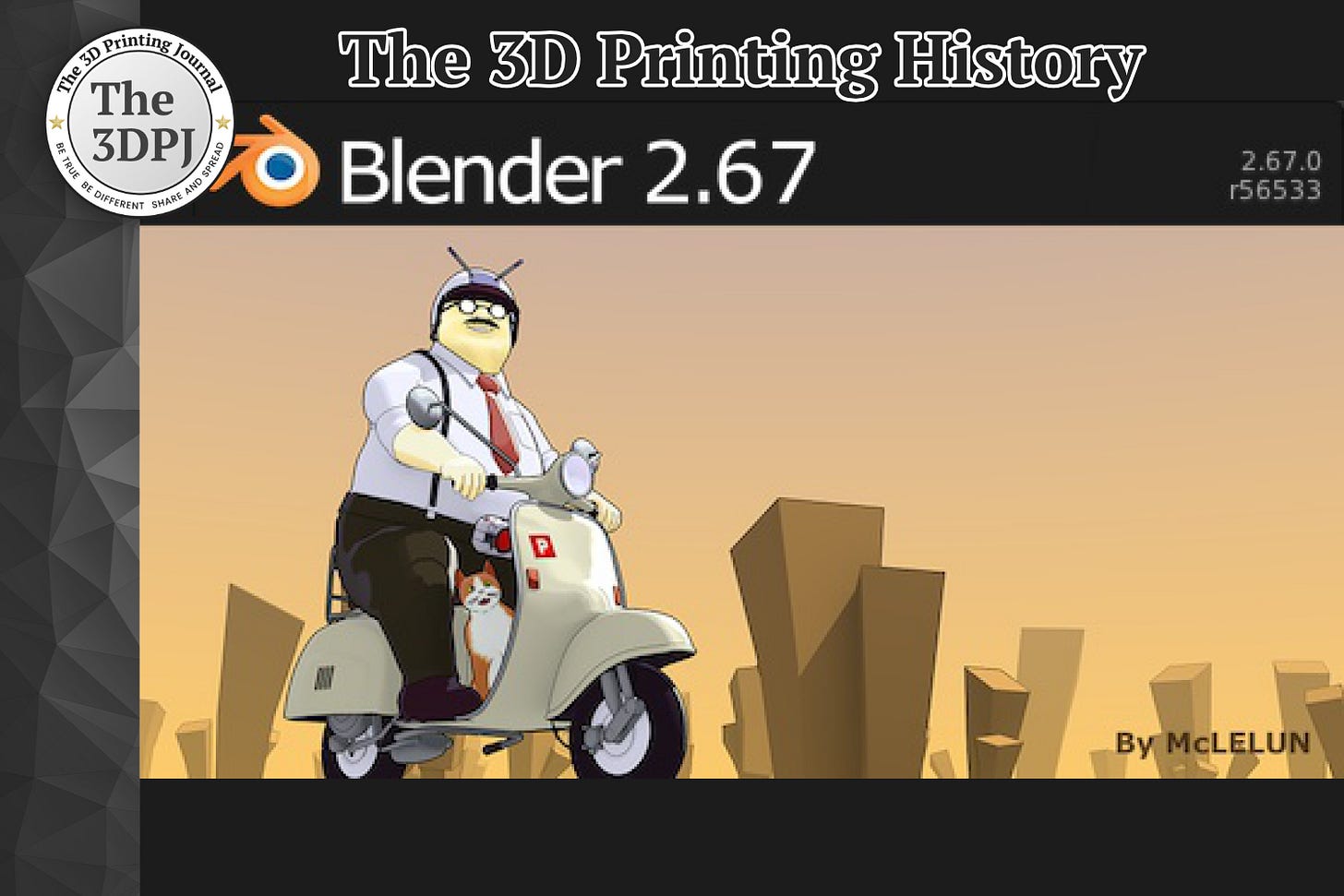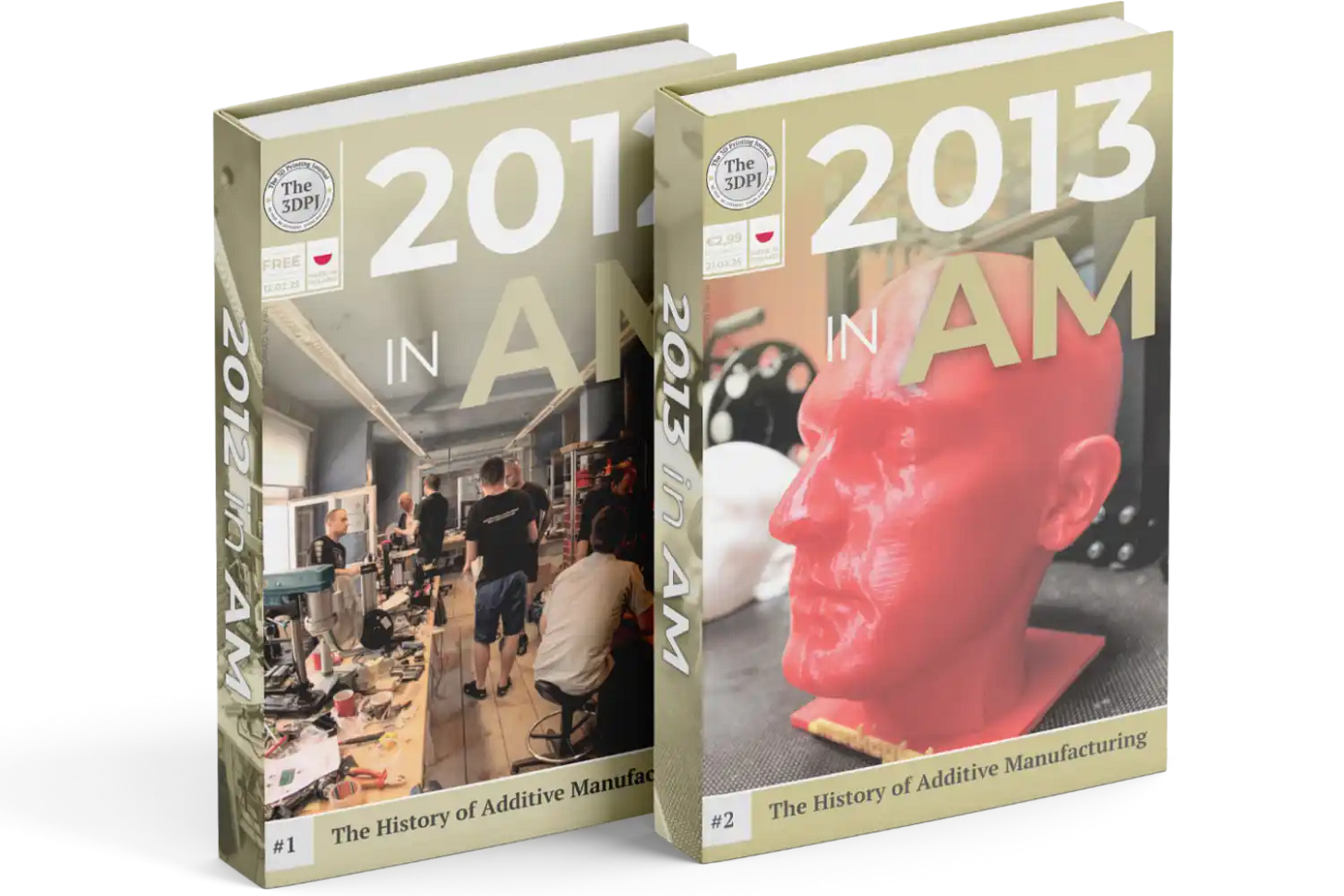05-07-2013: Blender 2.67 introduced 3D printing
The update was a response to the growing popularity of 3D printing among home users and small businesses
On May 7, 2013, Blender version 2.67 was released, marking the first time the software introduced fully integrated tools specifically designed for 3D printing. The update was a response to the growing popularity of 3D printing among home users and small businesses, for whom professional CAD software was often prohibitively expensive. The newly introduced features aimed to facilitate the preparation of models for printing by optimizing the design process with regard to the limitations typical of 3D printers.
The key innovation was a dedicated mesh analysis and export add-on, which offered a range of specialized diagnostic tools. Since objects in Blender are represented as polygonal surfaces, it became necessary to implement mechanisms to verify whether a given model was printable.
To this end, a statistics function was introduced, allowing precise calculation of volume and surface area, which helped control material usage. Additionally, the error-checking toolset included features such as object integrity analysis (detecting unconnected elements), surface intersection detection (collisions that could cause printing errors), geometry distortion identification (non-planar surfaces difficult to reproduce), and minimum wall thickness checks—a critical parameter for FFF-type 3D printers.
The system also automatically identified overly sharp edges and overhangs exceeding 45 degrees, which could require support structures. For user convenience, a “Check All” button was added to perform a comprehensive model audit, along with a cleanup function that removed unnecessary or damaged mesh elements.
Another helpful feature was the scaling tool, which allowed not only linear dimension adjustments but also volume control, enabling users to adapt a project to their 3D printer’s specifications. In the export section, the option to save a preferred file location was introduced, eliminating the need to manually choose a folder for each save. Thanks to these improvements, the model preparation process became significantly faster and more intuitive—especially beneficial for novice users.
Although the primary innovation in Blender 2.67 was the 3D printing module, this version also introduced other notable changes, such as the integration of the Freestyle engine for non-photorealistic rendering (NPR), improvements to the painting and sculpting systems, and enhanced motion tracking performance.
Source: www.blender.org




